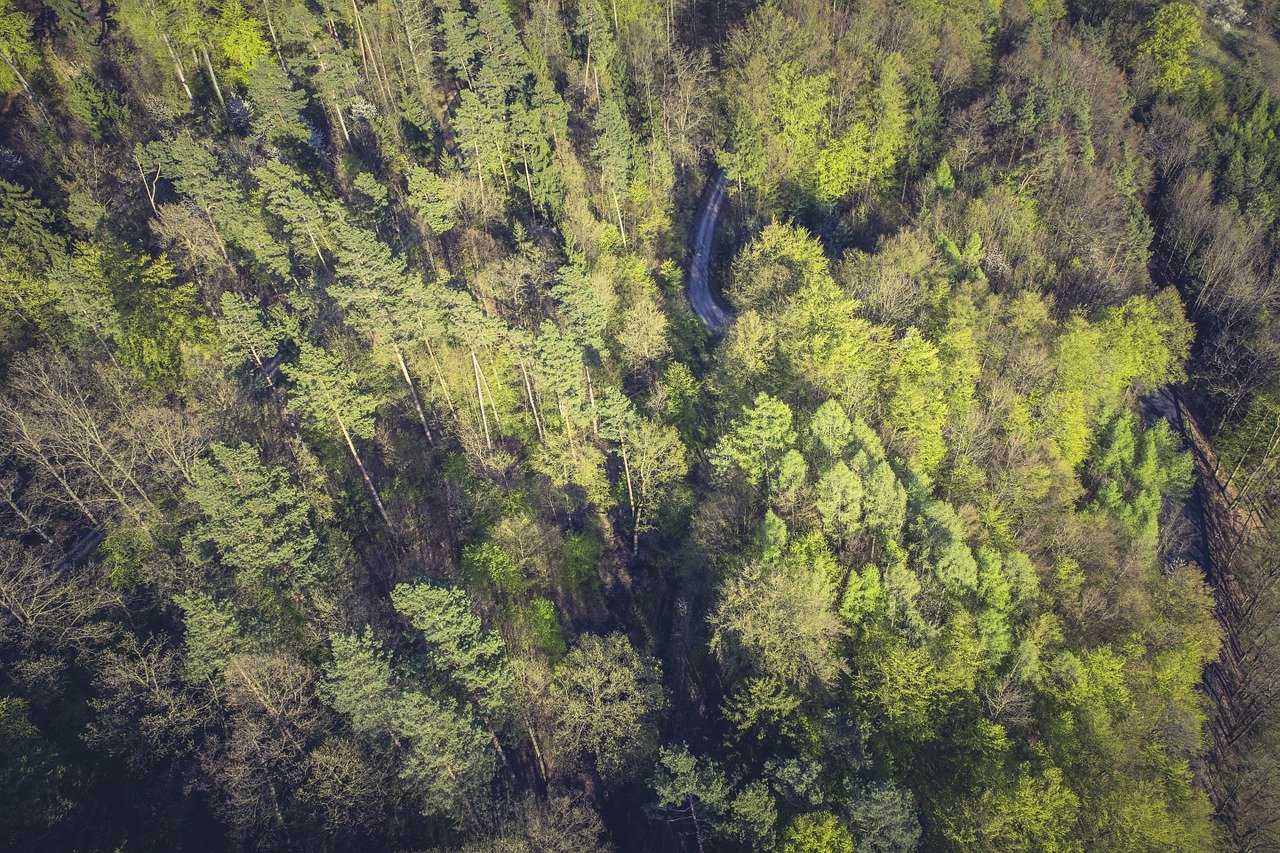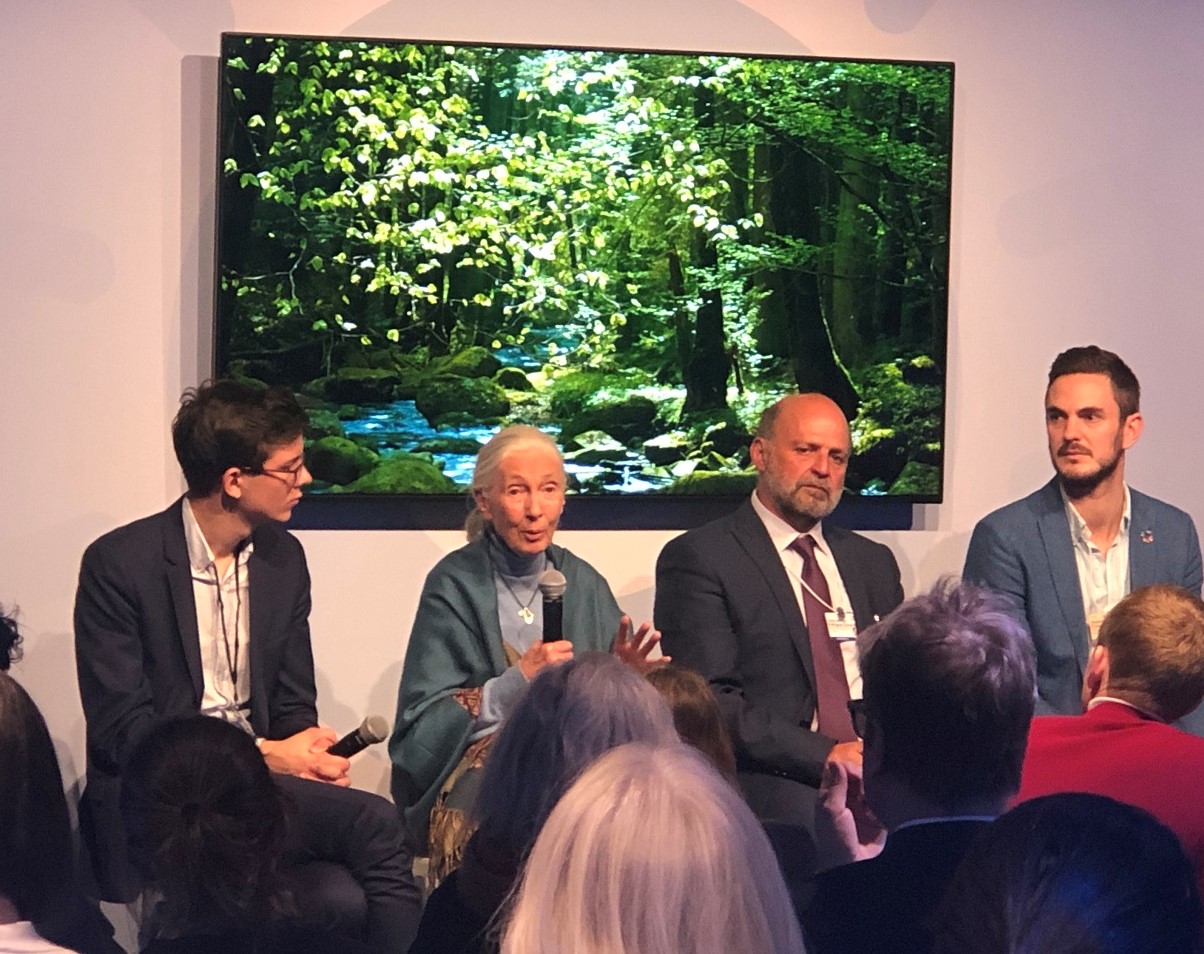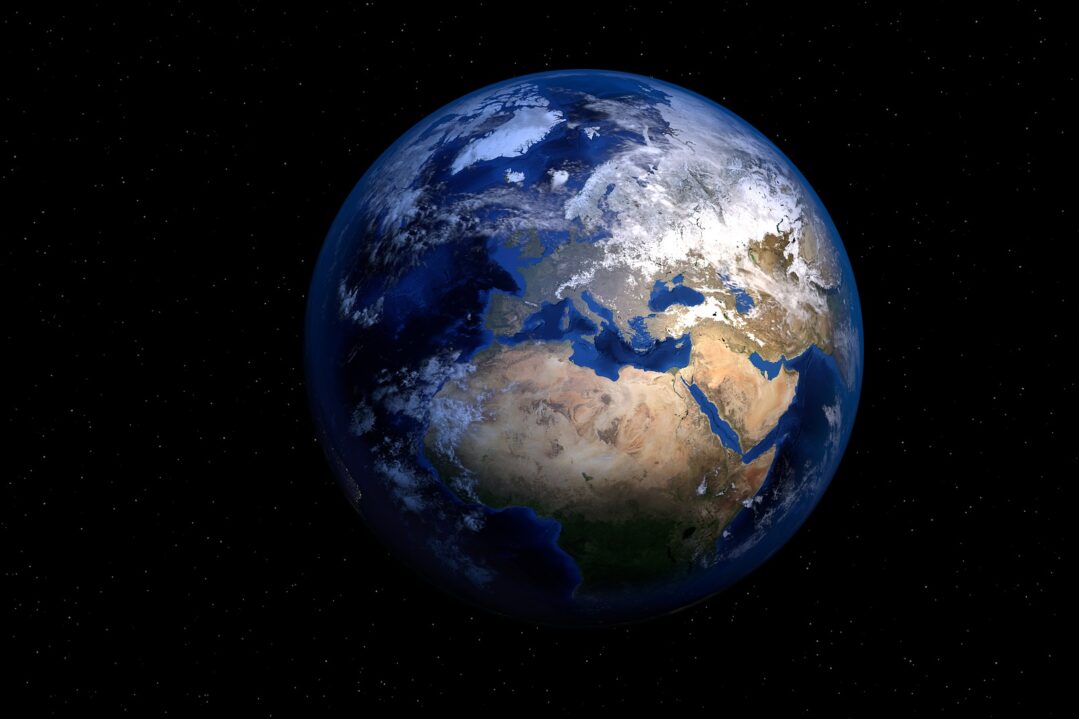During its 2020 Annual Meeting in Davos, the World Economic Forum (WEF) launched a multi-stakeholder effort to support efforts to grow, restore and conserve one trillion trees within the next ten years. The Forum says the global initiative toward “mass-scale nature restoration is an essential part of the solution for tackling climate change, while also delivering important biodiversity, livelihood, and broader sustainable development benefits.” The launch included a new public engagement platform 1t.org, for those who wish to become a part of the Trillion Tree community.
Planting a trillion trees? Ambitious, but doable
by Marianne Lucien, 23 January 2020
An ETH Zurich professor's research found there is space on earth to plant a trillion more trees. The World Economic Forum has launched an initiative to do just that.

Image by Markus Spiske from Pixabay
Supported by the United Nations’ Environment Programme, its Food and Agricultural Organization, the launch garnered the support of global political and industry leaders, as well as entrepreneurs like Marc Benioff, founder of Salesforce, a cloud-based software company, and scientists like Tom Crowther, a professor of Global Ecosystem Ecology at ETH Zurich.
Room for a trillion more
Research out of the Crowther Lab at ETH Zurich suggests that there is room for an additional one trillion trees across degraded ecosystems that are not currently being used by humans around the world, and these have the potential to draw down a huge amount of carbon from the atmosphere without compromising urban or agricultural land.
Following the Forum’s press conference in Davos, Crowther and one of his doctoral researchers, Felix Finkbeiner, participated in a panel discussion with renowned anthropologist, Jane Goodall. “We are part of the forest ecosystem,” says Goodall. “We depend on it for clean air and clean water...every single individual makes a difference, every single day. What we do matters and we can choose what to do.”
Like any grand-scale venture, Crowther cautions that there are inherent risks to consider in order to realize a positive impact for biodiversity, human well-being, and climate change. He identified three potential risks.

Salesforce hosted a panel with Jane Goodall and ETH Zürich Professor Thomas Crowther (From left to right Felix Finkbeiner, Dame Jane Goodall, Carlos Manuel Rodrìguez, and Thomas Crowther.) Image: ETH Zurich
Three Risks in Reforestation
First, the one Trillion Tree campaign cannot be an excuse to avoid cutting greenhouse gas emissions. He said, “Cutting emissions is the highest priority in the fight against climate change, but we also need to draw existing carbon down from the atmosphere and that is where trees and ecosystems come in to play.”
Second, we need to draw down carbon in an ecologically responsible way. Planting trees in the wrong ecosystems could have a damaging impact for biodiversity and human well-being. For example, planting trees in diverse ecosystems like grasslands, wetlands, and peatlands could result in unintended adverse consequences. Trees can also warm the climate in many parts of the world, so a thorough, detailed, ecological understanding is critical for conservation and reforestation efforts to succeed.
Third, Crowther emphasized in the panel discussion that restoration efforts must be carried out in a socially responsible way. “Including local communities in reforestation efforts is crucial to their success,” says Crowther. “They need to see the ecological and economic effects that come when revitalizing an area – improving agricultural productivity.”

Thomas Crowther, professor of Global Ecosystem Ecology at ETH Zurich and Felix Finkbeiner, doctoral researcher at ETH Zurich. Image: ETH Zurich

Dame Jane Goodall with Professor Thomas Crowther. Image: ETH Zurich



